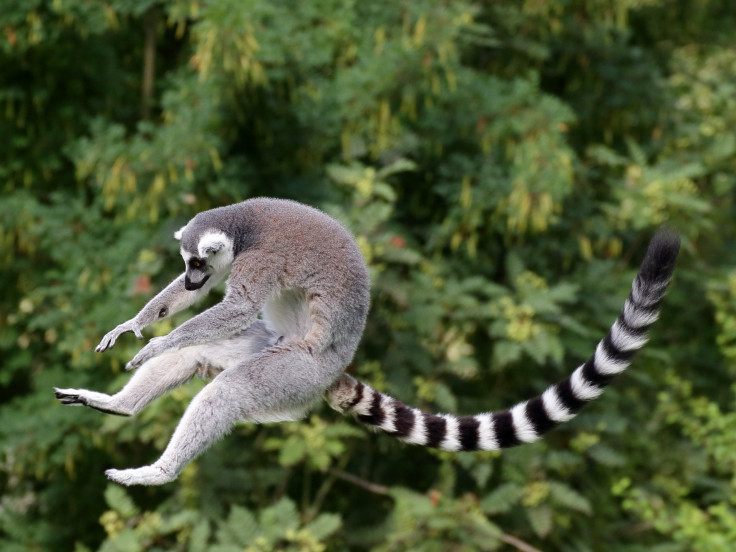Our Human Ancestors Had Tails; And Other Things Our Bodies Used To Have

Humans weren’t always shaped like this: our bodies evolved over time from the ancestors of primates, to primates, and finally to our current modern species — Homo sapiens.
Though it may seem ridiculous now, at one point during the evolutionary process, humans had tails. In fact, we can see traces of tails in embryos still in the womb. An embryo develops a tail that is about one-sixth of its size, but the tail is eventually absorbed by the growing body as it develops into a fetus. Sometimes children are born with “soft tails,” or little bumps of skin that contain no bone but only muscles, blood vessels, and nerves.
As discussed in the video below, recently scientists began theorizing that humans evolved from an early ancestor known as a Dryomomys szalayi. These creatures are also known as the “most primitive primates,” and were recently discovered near Yellowstone National Park. What this suggests is that not only did monkeys and humans possibly evolve from this little tree shrew, but it might mean that humans’ earliest ancestors were tree dwellers. Tails, of course, assisted in climbing trees by keeping balance — and living in trees provided these animals advantages over other land dwellers.
In addition, until up to six or ten thousand years ago, all humans had brown eyes. One genetic mutation is responsible for blue eyes, which occurred in one single ancestor. Thus scientists surmised that people with blue eyes all share the same common ancestor.



























